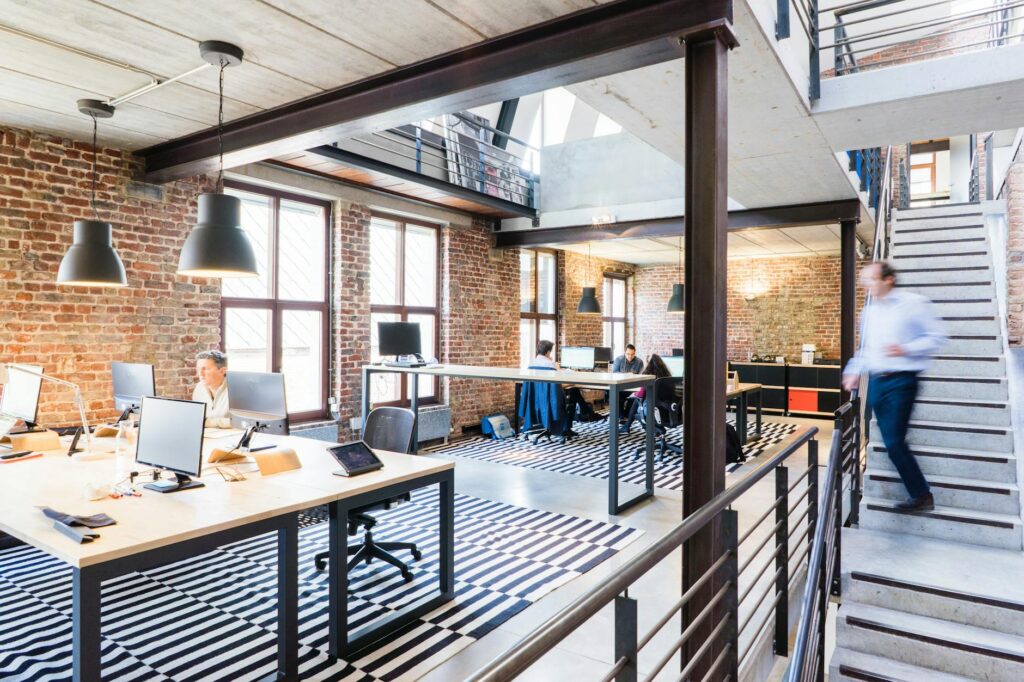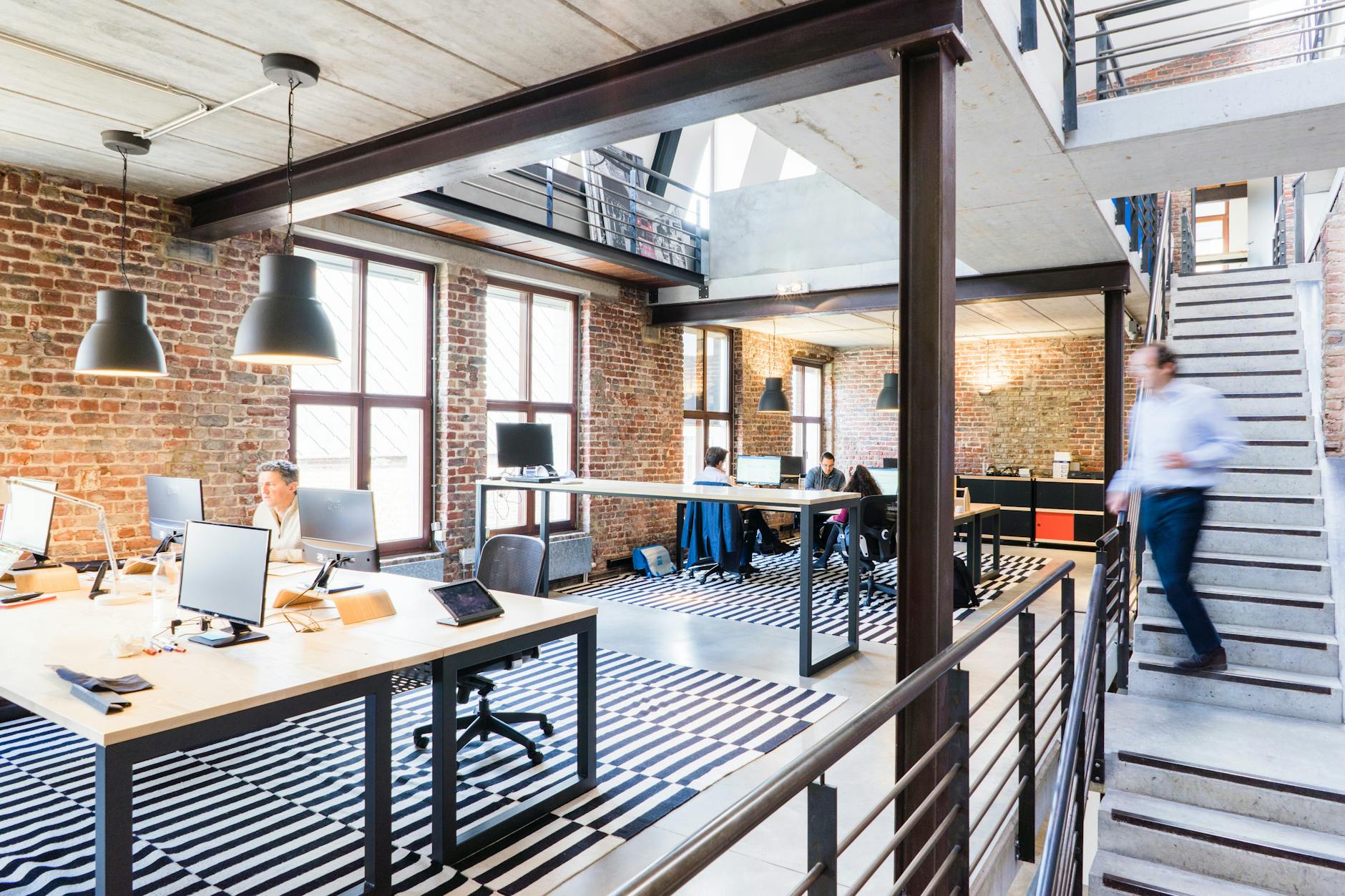What is productive workspace?

What is Productive Workspace?
Understanding what constitutes a productive workspace is crucial for anyone looking to enhance their productivity and overall satisfaction at work. The concept goes beyond just a desk and a chair; it encompasses the entire environment where work takes place. A productive workspace is one that encourages focus, creativity, and efficiency, making it easier to complete tasks and achieve goals.
Defining a Productive Workspace
A productive workspace is characterized by both physical and psychological elements that contribute to a conducive working environment. It’s important to recognize how these aspects intertwine to create a space that fosters productivity.
Physical Environment
The physical environment of a workspace plays a significant role in influencing productivity. Factors such as lighting, ergonomics, and organization can make or break your work experience.
-
Lighting: Adequate natural or artificial lighting reduces eye strain and enhances focus. Soft, warm lighting can create a cozy atmosphere, while bright, white lights can energize the workspace.
-
Ergonomics: Comfort is paramount. An adjustable chair and desk can help maintain good posture and reduce the risk of injury. Investing in ergonomic tools can save you from discomfort and distractions.
-
Clutter-Free Spaces: A tidy workspace can significantly boost productivity. Keeping only essential items on your desk minimizes distractions and allows for a clearer mindset.

Photo by Proxyclick Visitor Management System
Psychological Environment
The psychological environment involves the mental state and attitudes of the individuals working within the space. It’s essential to cultivate a positive atmosphere that can motivate and inspire.
-
Positive Mental Attitude: A mindset that embraces challenges and views mistakes as learning opportunities can lead to increased productivity. This attitude fosters resilience and a willingness to adapt.
-
Motivation: Setting clear goals and celebrating small wins can keep motivation levels high. Incorporating motivational quotes or personal achievements in your workspace can serve as daily reminders of your capabilities.
-
Stress Management Techniques: Techniques like mindfulness and short breaks can prevent burnout. Practicing relaxation techniques can help maintain focus and calmness.
Key Characteristics of a Productive Workspace
Identifying the traits that define a productive workspace can help anyone create or enhance their environment.
Organization and Accessibility
A well-organized workspace is key to productivity. It’s vital to keep tools and materials easily accessible to avoid wasting time searching for items.
-
Declutter Regularly: Make a habit of tidying up your space daily. This practice ensures you start each day with a clean slate.
-
Logical Arrangement: Position frequently used items within arm’s reach. This minimizes movement and maximizes efficiency.
Technology and Tools
In today’s digital age, technology plays a vital role in enhancing workspace efficiency.
-
Productivity Tools: Utilizing apps and tools like task managers, time trackers, and collaboration platforms can streamline your workflow and keep you on track. For example, tools like Trello or Asana help manage projects effectively.
-
Reliable Technology: Ensure that your devices are up-to-date and functioning well. Slow or malfunctioning equipment can be a significant distraction.
Designing Your Own Productive Workspace
Creating a productive workspace doesn’t have to be overwhelming. Here are some actionable tips to help you design or improve it.
Personalization and Comfort
Making your workspace feel personal and comfortable can significantly enhance motivation and productivity.
-
Add Personal Touches: Incorporating photos, plants, or artwork can make your space feel welcoming and inspire creativity.
-
Comfort Matters: Don’t underestimate the importance of comfort. A blanket or soft cushion can make your workspace more enjoyable.
Regular Maintenance and Evaluation
Maintaining your workspace is just as important as setting it up properly. Regular assessments can help ensure that your workspace remains conducive to productivity.
-
Routine Clean-Up: Set aside time each week to declutter and organize your workspace. This helps maintain a clear mind and a focused environment.
-
Evaluate Effectiveness: Periodically assess how your workspace is impacting your productivity. Are there areas that need improvement? Adjustments can make a significant difference.
Conclusion
In summary, a productive workspace is a blend of physical comfort and psychological well-being. By focusing on organization, accessibility, and the right tools, anyone can create a workspace that fosters productivity and satisfaction. Whether you’re working from home or in an office, implementing these strategies can lead to improved outcomes and a better work experience. Don’t hesitate to take the time to personalize and maintain your workspace; it can be the key to unlocking your full potential. For more insights on creating a productive workspace, you might find this guide helpful.